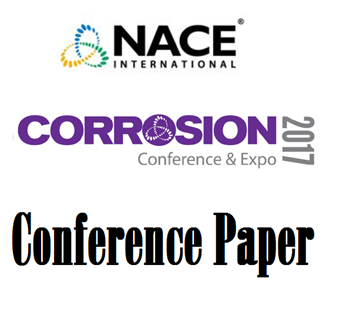Search
11283 Engineered Residual Stress to Mitigate Stress Corrosion Cracking of Stainless Steel Weldments
Also Purchased
11287 Roles of Chlorides in Stress Corrosion Cracking of Duplex Stainless Steels in Alkaline Sulfide Solution
Product Number:
51300-11287-SG
ISBN:
2011 11287 CP
Publication Date:
2011
$20.00
Assessing Stress Corrosion Cracking Risks on Stainless Steel Piping and Equipment
Product Number:
51317--8899-SG
ISBN:
8899 2017 CP
Publication Date:
2017
$20.00
09295 Atmospheric Chamber Testing to Evalute Chloride Induced Stress Corrosion Cracking of Type 304, 304L, and 316L Stainless Steel
Product Number:
51300-09295-SG
ISBN:
09295 2009 CP
Publication Date:
2009
$20.00




